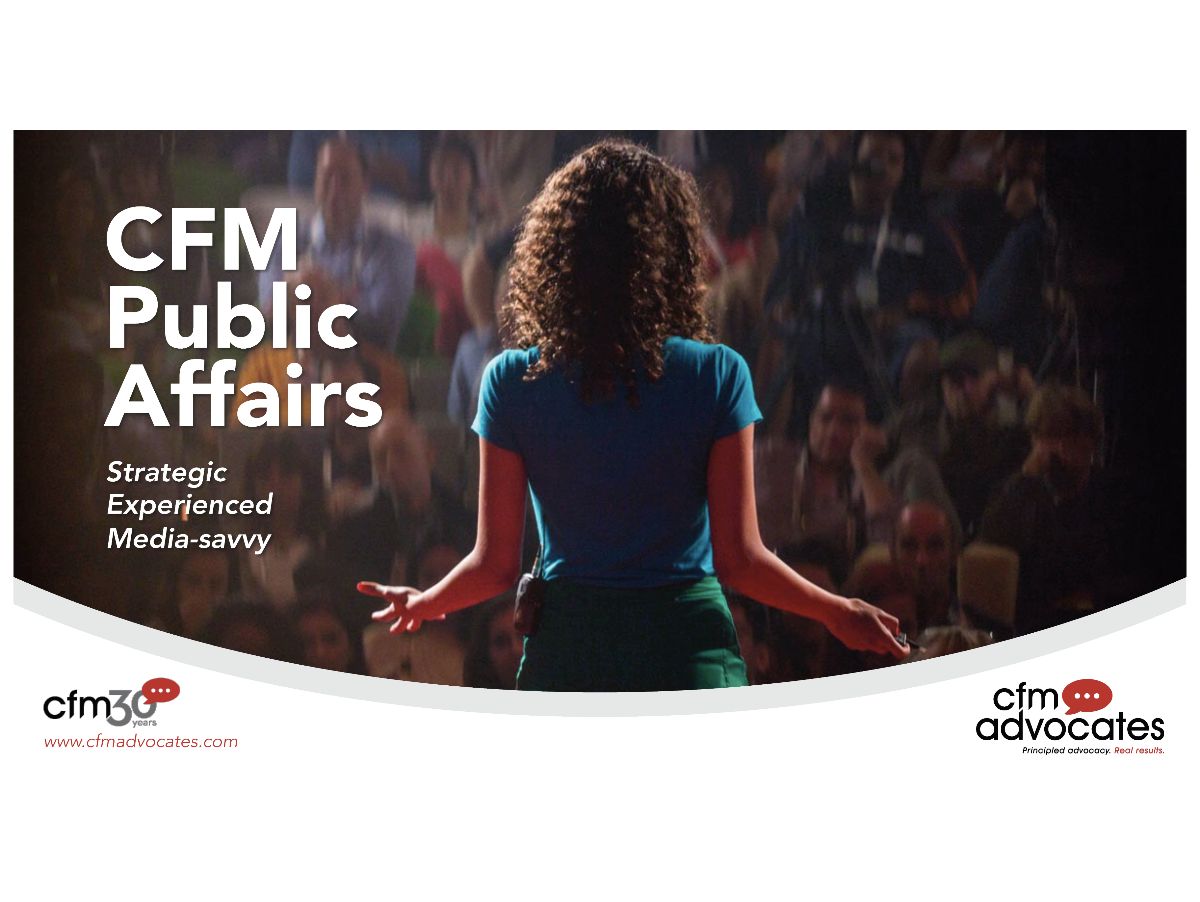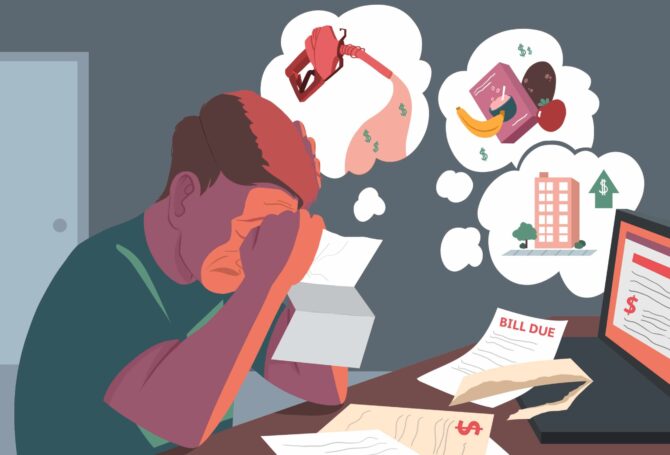
American Political Polarization More Nuanced Than Media Bubbles Reflect
The division in America is frequently cast in terms of blue states and red states, but that can blur divisions and agreements at the community levels in the country.
The American Communities Project (ACP), founded in 2012 at Michigan State University, seeks to deepen understanding of the subtleties and complexities within different communities in America and allow a more thoughtful analysis of what divides and unifies Americans.

In its most recent survey this summer, ACP probed two questions – What are the most important issues facing your local community and what are the most important issues facing the country as a whole? Two key findings: Inflation is the top community and national concern, followed by crime and guns. A majority of Americans in all types of communities support keeping government out of reproductive health decisions between a woman and her doctor.
The baseline ACP uses for its analysis is a set of 15 community types that its research has identified. Instead of a map of blue and red states, ACP uses a map differentiating Big Cities, Exurbs, Middle Suburbs, Urban Suburbs, College Towns, Rural Middle America and Working Class Country. Other classifications include African American South, Hispanic Centers, Native American Lands, Aging Farmlands, Graying America, Military Posts, Evangelical Hubs and LDS Enclaves.
“The differences between these types are apparent in a wide range of data, from age and race/ethnicity to income and education,” ACP says. “Those differences in demographic data often go a long way toward explaining the differences in attitudes we see in our survey work.”
Based on survey findings, the one thing all community types, regardless of median level, rank highly as a concern is inflation. Out of 20 issue statements, ‘inflation or increasing costs’ ranks first. “The fact the number is so high across the board shows Americans from all walks of life have concerns about paying bills.”
There is less agreement on the next highest concern. African American South communities ranked crime and gun violence as a concern of equal importance to inflation. The issue was also singled out by Big City communities. Opioid and drug addiction ranked second as a concern in Evangelical Hubs. Taxes was the second highest concern for Exurbs and LDS Enclaves.
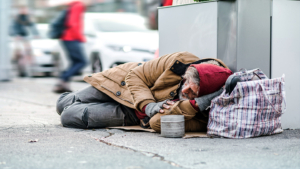 One of the biggest differences was homelessness – a top concern for Big City communities, Military Posts and College Towns, but a shoulder shrug for Rural America, Working Class Country and Evangelical Hubs.
One of the biggest differences was homelessness – a top concern for Big City communities, Military Posts and College Towns, but a shoulder shrug for Rural America, Working Class Country and Evangelical Hubs.
Immigration is an issue that doesn’t generate a lot of community-level concern, except for Hispanic Centers, many of which are close to the southern border. However, immigration is more of a hot-button national concern, most likely because of conservative media news coverage.
Crime and gun violence attracts significant community concern but even more concern as a national issue. “It’s especially strange to see that kind of local-national divide on crime,” ACP says. “Crime tends to be experienced either personally or through friends and neighbors, but these data suggest the opposite. The concerns are lower at the community, experiential level and higher nationally.”
Political extremism and polarization is only a community concern for 13 percent of respondents, but the twice the number of the same respondents said the issue was a national concern.
 “The data suggest news consumption habits may have something to do with this dissonance,” according to ACP. “It is hard to ignore the differences in the way these communities see their local issues and national issues. Taken together, the data suggests a disconnect between lived experience and perceived experience, possibly tied to media coverage and consumption.“
“The data suggest news consumption habits may have something to do with this dissonance,” according to ACP. “It is hard to ignore the differences in the way these communities see their local issues and national issues. Taken together, the data suggests a disconnect between lived experience and perceived experience, possibly tied to media coverage and consumption.“
It’s common to read stories about disenchanted and depressed Americans. ACP’s survey data tells a different story. “No matter where they call home, most Americans say their lives are going well. Nationally, 87 percent of Americans report their lives are heading in the right direction; only 11 percent say they are on the wrong track.” Evangelical Hubs and Rural Middle America were even more positive at 90 percent. The Middle Suburbs were slightly lower at 84 percent.
A majority (63 percent) believe their communities are going in the right direction. The majorities are lower in Native American Lands and the African American South. The table is reversed when rating the country, as 79 percent think America is heading in the wrong direction. Ninety percent of Evangelical Hub communities and 86 percent of Rural Middle America and Working Class Country believe America is on the wrong track. Native American Lands, Hispanic Centers and College Towns hold a slightly less negative view.
 At odds with the prominent notion that the country is deeply divided, 70 percent of respondents think Americans have a lot in common. African American South and Hispanic Centers agree a little less at 60 percent.
At odds with the prominent notion that the country is deeply divided, 70 percent of respondents think Americans have a lot in common. African American South and Hispanic Centers agree a little less at 60 percent.
Less than a majority agree with the statement that “I feel like a stranger in my own country”. The exceptions that feel more alienation are Evangelical Hubs, Working Class Country and Rural Middle America.
ACP says as 59% of Americans agree with ‘experts in this country don’t understand the lives of people like me.’ Evangelical Hubs, Working Class Country and Native American Lands hold this view more than that, while Big Cities and Exurbs don’t.
Broken Institutions: “Americans broadly and deeply agree that the country’s legacy institutions and systems are broken. The strain of populism runs deep across communities.”
Mainstream media outlets come out “looking particularly bad.” Overall, 75 percent of Americans agree that ‘The mainstream media is more interested in making money than telling the truth.’
“Traditional political parties and politicians don’t care about people like me” is a sentiment shared by 68 percent of Americans.
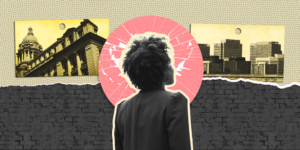 Baked-In Racism: Americans are largely split on whether “Racism is built into the American economy, government and educational system.” Overall, 48 percent say they agree racism is built into the system. Belief in structural racism is a more dominant view in racially and economically diverse communities and less prevalent in homogenous ones. The range runs from 58 percent in the African American South and Big Cities to 40 percent in the affluent Exurbs to 38 percent in the older, sparsely populated Aging Farmlands.
Baked-In Racism: Americans are largely split on whether “Racism is built into the American economy, government and educational system.” Overall, 48 percent say they agree racism is built into the system. Belief in structural racism is a more dominant view in racially and economically diverse communities and less prevalent in homogenous ones. The range runs from 58 percent in the African American South and Big Cities to 40 percent in the affluent Exurbs to 38 percent in the older, sparsely populated Aging Farmlands.
Cultural issues, such as guns or religion or race, generate wide disparities, with some gaps as big as 30 or 40 percentage points on the agree-disagree scale.
Abortion: Differences in the 15 ACP community types extend to economics, demographics, cultural traditions and faiths. “That’s why the survey results on the statement about abortion come as something of a surprise. In every community type, from the Big Cities to the Evangelical Hubs, 50 percent or more agree with the statement ‘Obtaining an abortion should be a decision made by a woman in consultation with her doctor, without the government’s involvement.’”
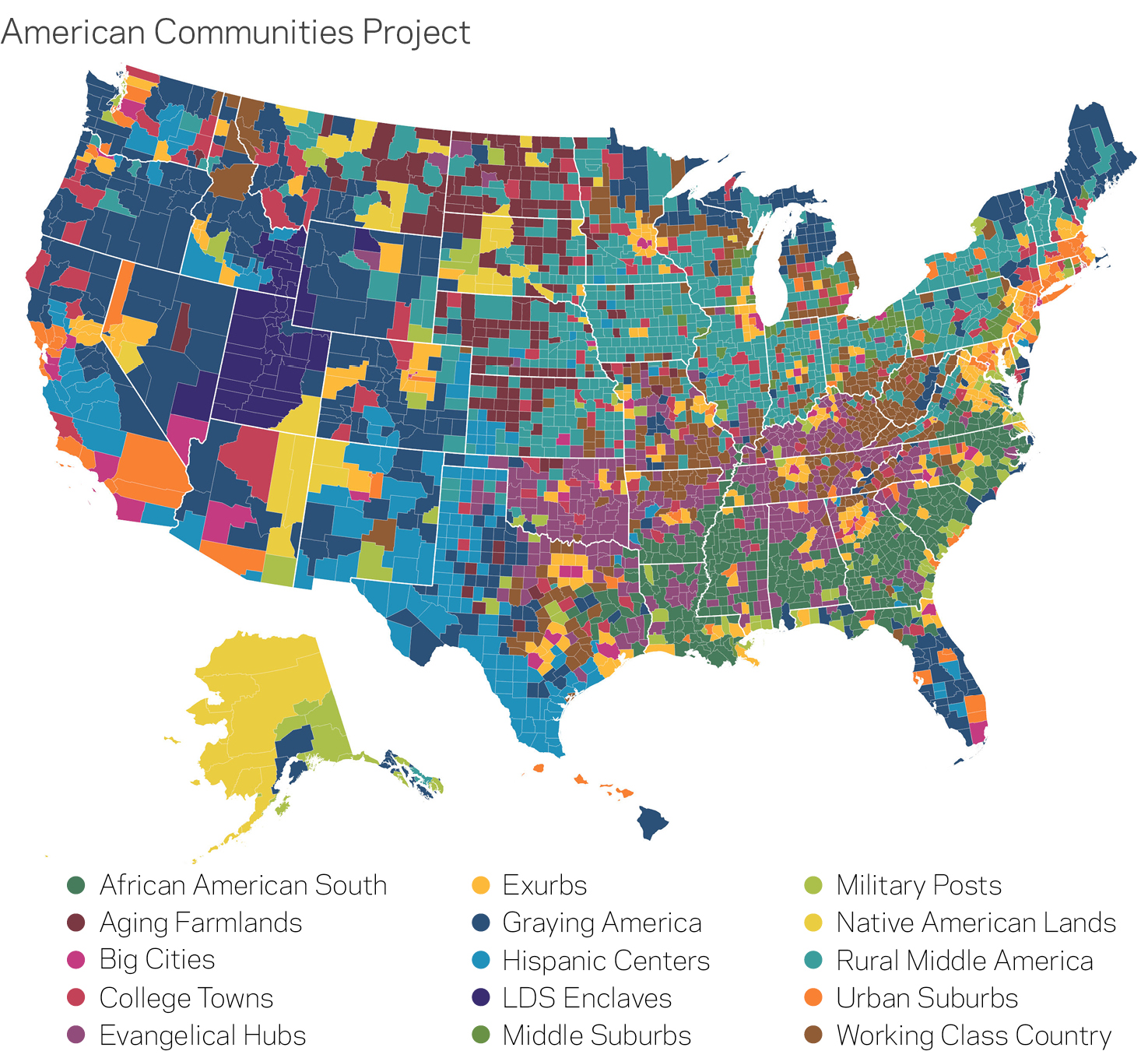 Survey Methodology
Survey Methodology
According to ACP, its data was drawn from a sample of 5,093 Americans aged 18 or older, with 4,493 surveys completed online and 600 interviews conducted via telephone. For the online portion, the survey was conducted using the probability-based Ipsos KnowledgePanel® and was fielded in both English and Spanish. The RDD Telephone portion was conducted in English in the Native American Lands and Aging Farmlands.
